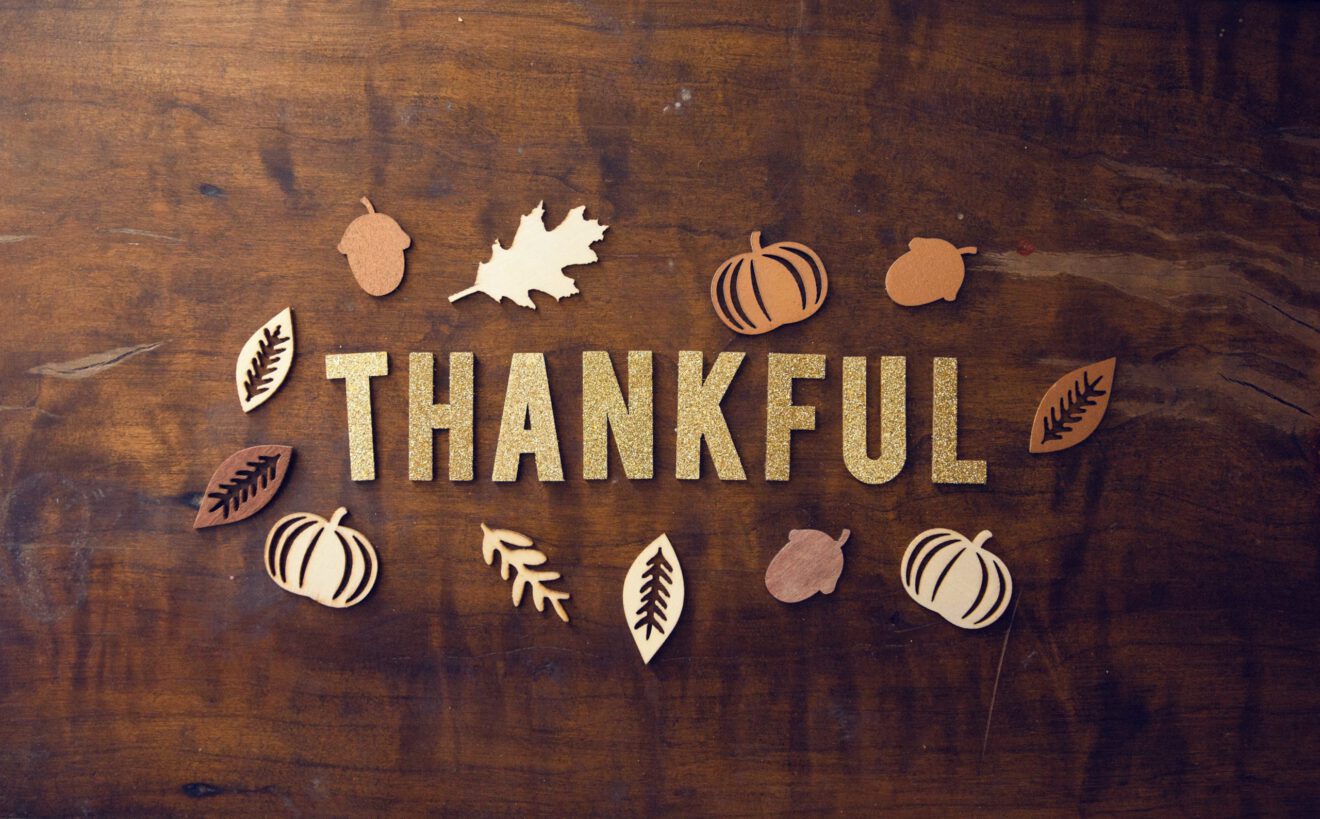In recent years, a battle has broken out among teachers and parents about the best way to teach the history of Thanksgiving.
One side espouses teaching the traditional narrative: The first Thanksgiving took place in 1621 in Plymouth, Mass., and included the Pilgrims and Wampanoag Indians. This harvest festival commemorated these groups working together peaceably to survive a difficult winter, during which disease and starvation nearly wiped out the colony.
Another narrative teaches that Europeans brought disease to America, nearly decimating the Wampanoag population, and that peace didn’t last between the settlers and the Native Americans. It is pointed out that the first slaves (possibly indentured servants) arrived just two years before this first Thanksgiving, indelibly staining the founding of the country.
Yet another version of the Thanksgiving story adopts the narrative that the Plymouth colony demonstrated the results of collective ownership of property, or socialism. The Pilgrims farmed the land together and put the proceeds of this work into a common storehouse, and then rationed the food according to who needed it. This was a disincentive for work and led to starvation.
Let different versions prompt critical thinking
So which version is right and should be taught? The short answer: all of them.
Real learning takes place when teachers present each version of an issue and then allow students to debate their merits. In other words, don’t teach students what to think; teach them how to think.
I spoke with a historian recently who told me that he felt we needed to rewrite history because the current version is not true. I immediately pushed back on that statement and asked him if he really felt that the history being taught is wrong or is just incomplete.
To illustrate, until recently, the 1921 Tulsa Race Massacre was not part of the curriculum in Oklahoma, despite being an essential part of the state’s history. It’s not necessary to rewrite the history of Oklahoma to correct this — we can just make it more complete by including it.
How myths figure into the lessons
It’s also important to understand the role that myth plays in the cultural understanding of American history. Did George Washington actually cut down a cherry tree? Does it even matter if this is understood by students to be a myth with the purpose of teaching a lesson?
The same is true for Thanksgiving. It’s true that George Washington first declared a national day of Thanksgiving in 1789. It’s also true that Abraham Lincoln issued a Thanksgiving Day proclamation in 1863 as a way to bring the nation together during the Civil War. Does connecting these two proclamations to a documented harvest festival in 1621 make the Thanksgiving story any less true?
Holistic history is the best history
Every successful nation has an origin myth, a rallying cry that defines what makes us exceptional. That doesn’t mean we cover up the unsavory parts of our history in order to respect the idea of tradition. Instead, teachers should present the prevailing versions of these stories — about Thanksgiving, Columbus Day, Independence Day, and other observances — and teach students how to debate these ideas civilly.
The best place to start is by putting events into current context. For Thanksgiving this year, teachers could posit that the settlers were the first undocumented immigrants and ask the students if this changes how they think about the story. Alternatively, teachers can play Lincoln’s Thanksgiving Day Proclamation, which details the advances the nation is making despite the war raging in the South, and ask students to discuss what’s happening in today’s COVID-19 environment that’s cause for thanksgiving. The Smithsonian Institution has yet another approach that looks at new angles to the Thanksgiving story.
The goal isn’t to settle on one correct version of history; rather, to get students thinking about and discussing ideas openly and respectfully.
We could all use more of this around the holiday table.
Fred Fransen, Ph.D., is CEO of Certell.org, the nonprofit developer of Poptential™ digital social studies course packages that pair pop culture media with engaging digital storytelling for effective, dynamic learning by today’s digital native students.
________________________________
Like this article? Sign up for our EdTech news briefing to get news like this in your inbox, or check out all of SmartBrief’s education newsletters, covering career and technical education, educational leadership, math education and more.
More from SmartBrief Education:
